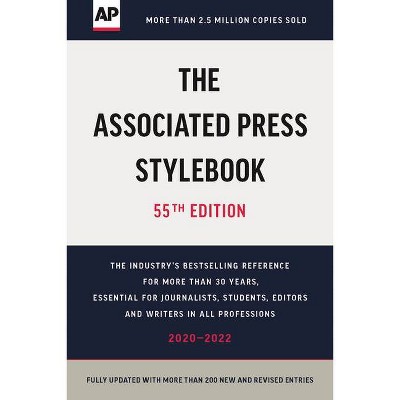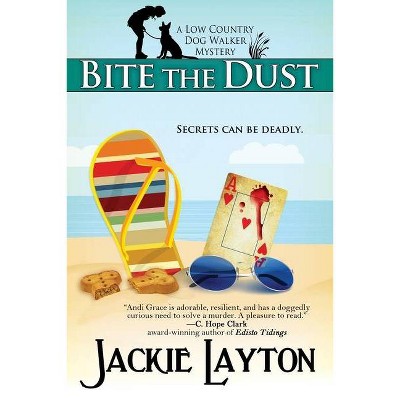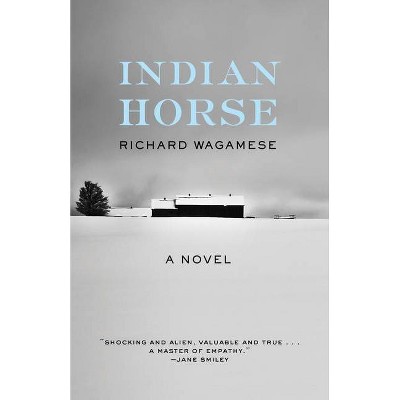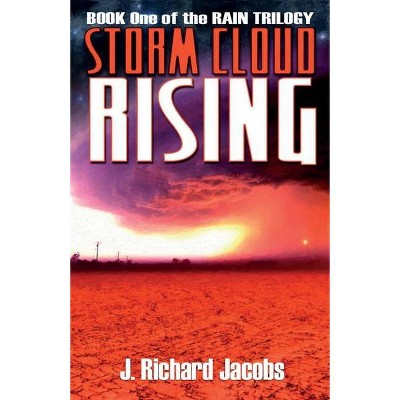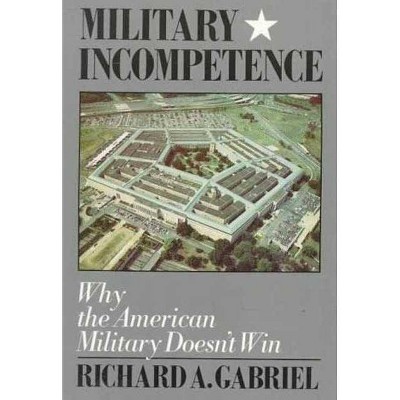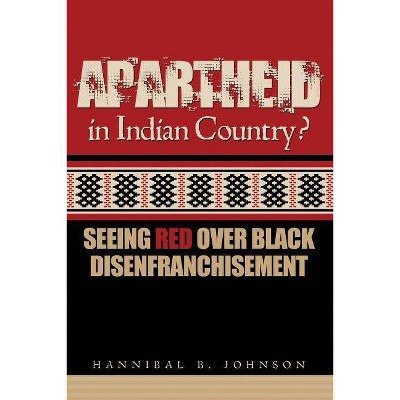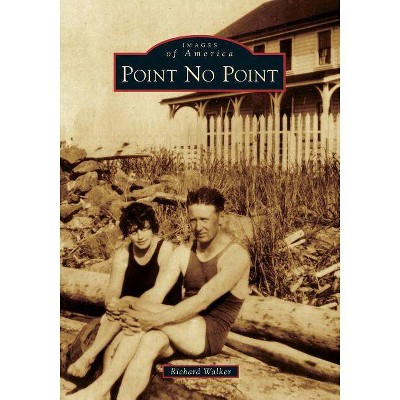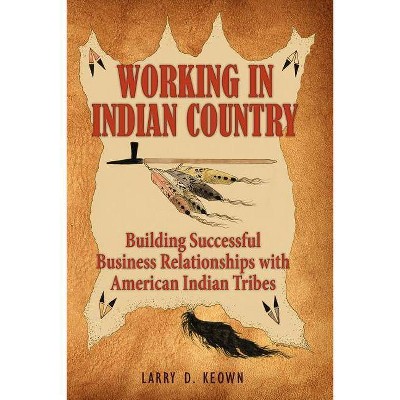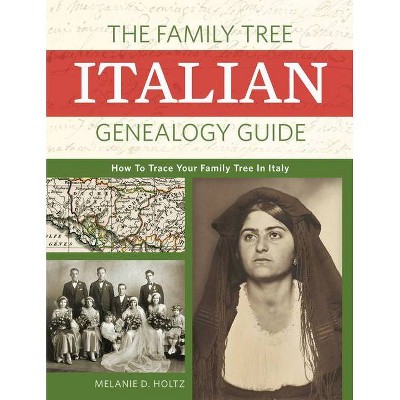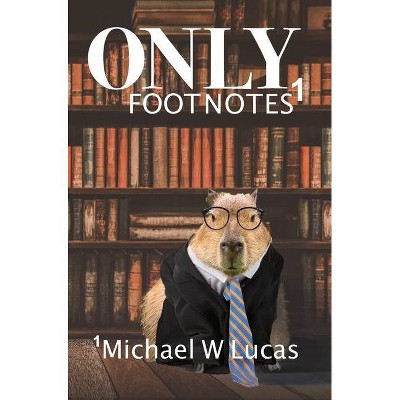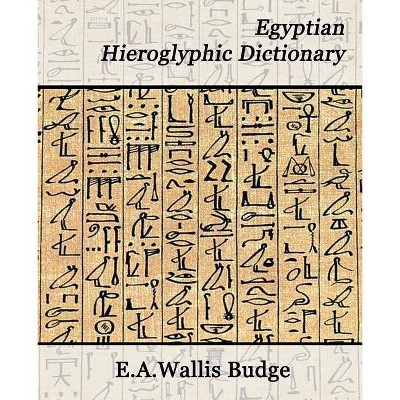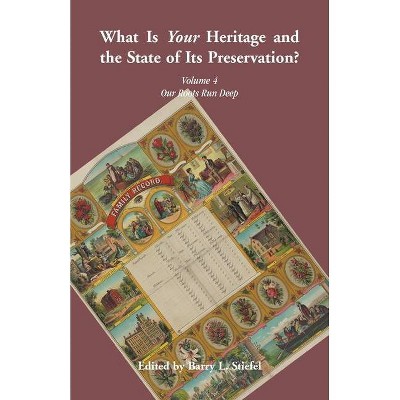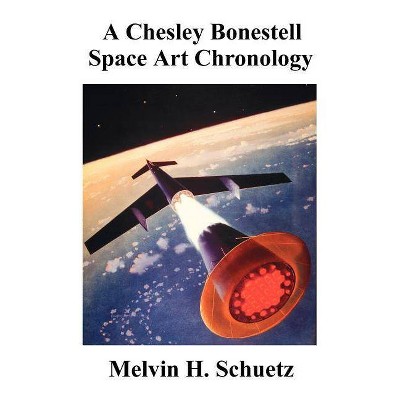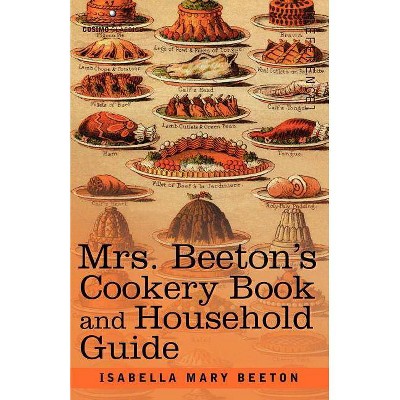Indian Country Stylebook - (2017-18 Edition) by Richard Walker & Jackie Jacobs & Gabriel Galanda (Paperback)
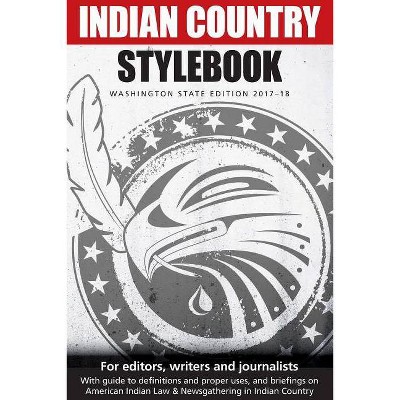
Similar Products
Products of same category from the store
AllProduct info
<p/><br></br><p><b> About the Book </b></p></br></br>This is the updated 2017-18 Indian Country Style Guide for editors, writers, and journalists, with a guide to definitions and proper uses and briefings on American Indian law and news-gathering in Indian Country. A valuable resource for anyone writing about Indigenous America, and patterned after the AP Stylebook for familiarity and ease of use.<p/><br></br><p><b> Book Synopsis </b></p></br></br><p>This is the updated 2017-18 Indian Country Style Guide for editors, writers, and journalists, with a guide to definitions and proper uses and briefings on American Indian law and news-gathering in Indian Country. A valuable resource for anyone writing about Indigenous America, and patterned after the AP Stylebook for familiarity and ease of use.</p><p><strong>Fully reviewed guide containing: </strong></p> <ul> <li>More than 100 entries</li> <li>Briefing on American Indian Law</li> <li>Briefing on News-gathering in Indian Country</li> <li>Directory of indigenous nations and leaders in Washington State</li> <li>Directory of Indian Country Media in Washington State</li> </ul> <p>The Indian Country Stylebook is patterned after the Associated Press Stylebook for familiarity and ease of use. The fully reviewed guide contains more than 100 entries, with correct spellings, word usage, and legal references; a briefing on American Indian Law; a briefing on news-gathering in Indian Country; a directory of indigenous nations in Washington; and a directory of Indian country media in Washington.</p> <p>"Indian Country Stylebook for Editors, Reporters and Writers" is designed to help its users understand Indian Country and its customs, cultures, and laws. The guidebook evolved after a panel discussion, "Tribal Nations and the Media," at the 2013 Washington Newspaper Publishers Association convention in Olympia. Questions asked at that conference made it clear that such a guidebook would be helpful: </p> <ul> <li>Does the First Amendment apply to journalists covering stories on Indian reservations?</li> <li>What is "Indian country"?</li> <li>What authority do Tribal governments have on- and off-reservation?</li> <li>What are the proper terms for the articles of clothing someone wears at a gathering?</li> </ul> <p>The following individuals participated in the creation of the stylebook: Richard Walker, Mexican/Yaqui, an editor for Sound Publishing Co. and correspondent for Indian Country Today; Jackie Jacobs, Lumbee, media relations coordinator for the Quileute Tribe and principal of JTalentgroup, a Seattle-based Public Relations and Marketing agency; and Gabriel Galanda, Round Valley Indian Tribes, and Amber Penn-Roco, Chehalis Tribe, Galanda Broadman, PLLC. The cover, "All Rights Reserved," was designed by the artist Louie Gong, Nooksack.</p> <p>The first edition of this stylebook was published as an ebook in 2014.</p><p/><br></br><p><b> Review Quotes </b></p></br></br><br><p>"The best journalism is precise. at includes references that are accurate and reflect Native people, tribes, and communities as we see ourselves. That's why the Indian Country Stylebook is an essential reference." - Mark Trahant, Shoshone-Bannock, Atwood Journalism Chair at University of Alaska Anchorage</p><p>Thee Indian Country Stylebook for Editors, Writers and Journalists "is a good document for reference that I hope whets [the user's] appetite for more information." - Washington State Sen. John McCoy, D-Tulalip</p><br>
Price History
Price Archive shows prices from various stores, lets you see history and find the cheapest. There is no actual sale on the website. For all support, inquiry and suggestion messagescommunication@pricearchive.us
